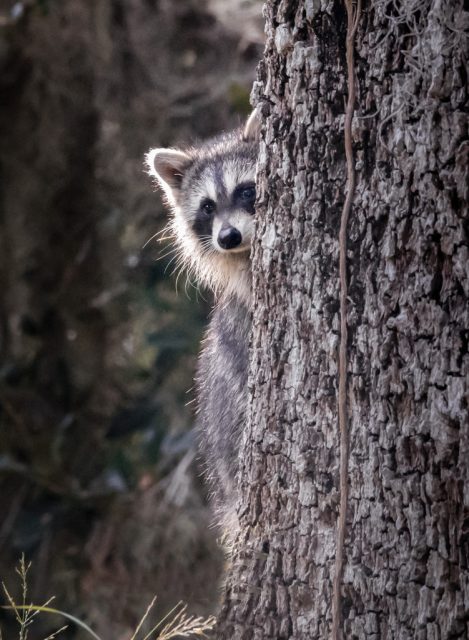A very small collection of my favorite photos from 2023. The irony is I took countless photos on my mobile phone mostly for identification purposes while my big girl cameras collected dust during the past year.






Wishing everyone happiness, health and safety in 2024
